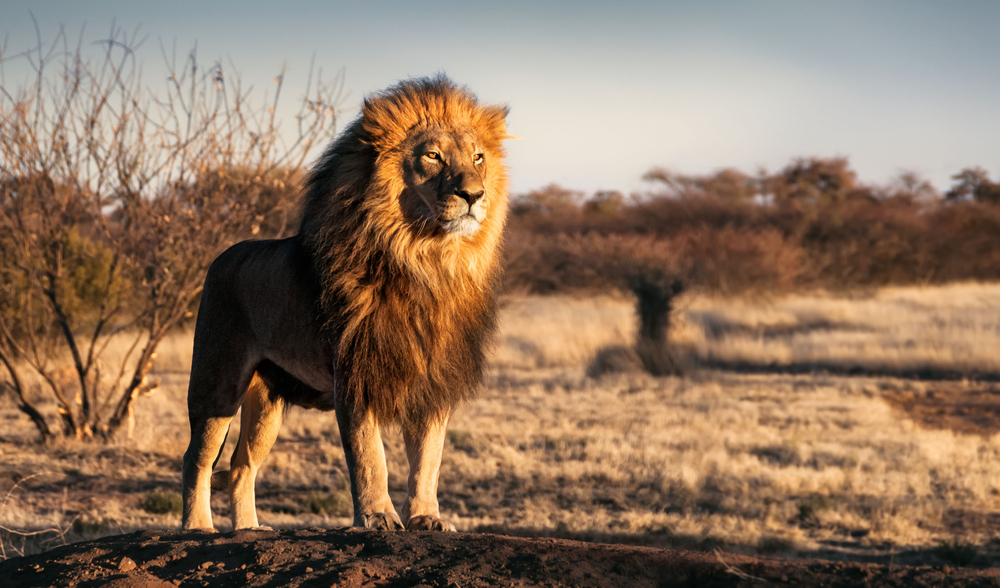There are over 6,400 recognized species of mammals in the world. These mammals vary greatly in terms of size, habitat, behavior, and characteristics, ranging from tiny bats and shrews to massive whales and elephants. Mammals are a diverse group of warm-blooded vertebrates that give birth to live young, nurse their offspring with milk, and often have hair or fur.
They are found on every continent and in a wide range of ecosystems, from the deep sea to high mountain ranges, deserts, and tropical rainforests. This diversity includes mammals like rodents, primates, carnivores, ungulates, and marine mammals, each with its own unique characteristics and adaptations.
What makes mammals unique in the Animal Kingdom?
Mammals are a unique class of animals that share several distinctive features setting them apart in the animal kingdom:
- Hair or Fur: Mammals have hair or fur covering at least part of their bodies. This characteristic provides insulation, protection, and, in some cases, serves as a sensory function.
- Mammary Glands: Female mammals possess mammary glands that produce milk to nourish their young. This is a defining feature, and the term “mammal” is derived from the Latin word “mamma,” meaning breast.
- Warm-Blooded (Endothermic): Mammals are warm-blooded, meaning they can regulate their internal body temperature independently of the external environment. This allows them to thrive in a variety of habitats.
- Live Birth or Milk Production: Most mammals give birth to live young (as opposed to laying eggs), although there are exceptions like monotremes (platypus and echidna). Additionally, the provision of milk for offspring is a common characteristic.
- Vertebrates with a Backbone: Mammals are vertebrates, meaning they have a backbone or spine made up of vertebrae. This structural feature is shared with other vertebrates like birds, reptiles, amphibians, and fish.
- Complex Brain: Mammals generally have relatively large and complex brains compared to other animals. This complexity is associated with advanced cognitive abilities and behaviors.
- Specialized Teeth: Mammals often have specialized teeth adapted to their dietary habits, whether they are herbivores, carnivores, or omnivores.
These key characteristics collectively define mammals and contribute to their adaptability and success in diverse environments around the world. Although these characteristics make them unique, there is a wide diversity of mammalian species spread throughout the animal kingdom and around the world.






























































